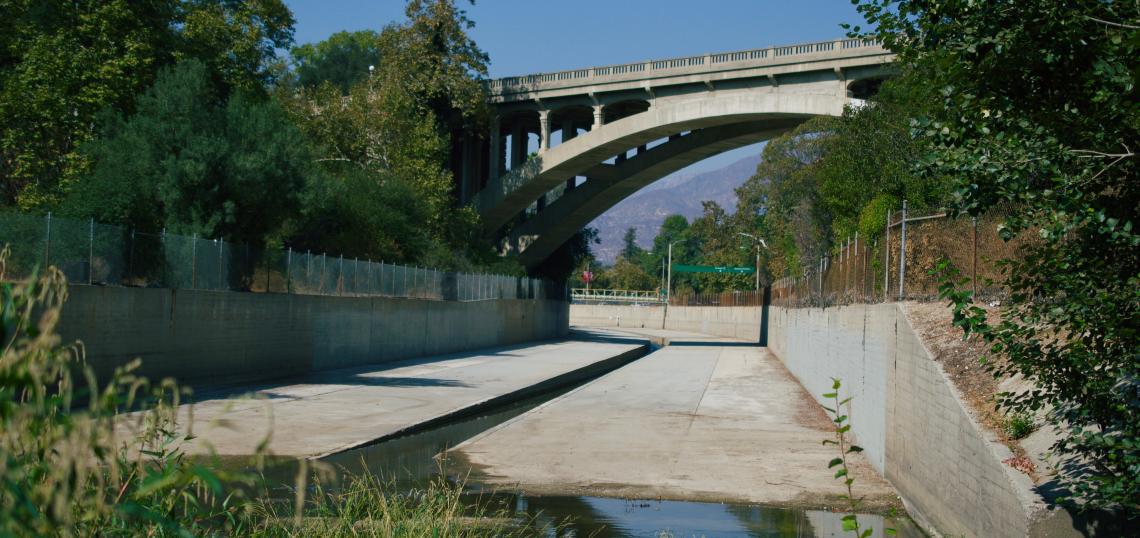The long-maligned Los Angeles River has seen new investments in recent years, as local, state, and federal agencies aim to restore the concrete-lined channel due its role in the local ecosystem and as a means of increasing the availability of green space. Less attention has been given to one of its key tributaries - the Arroyo Seco.
From its origin in the Angeles National Forest, the Arroyo Seco winds nearly 25 miles through the cities of Pasadena, La Cañada Flintridge, South Pasadena, and Los Angeles, as well as the unincorporated community of Altadena. Back in 2005, the L.A. County Flood Control District had entered into a cost-sharing agreement with the U.S. Army Corps of Engineers on a feasibility study regarding the seasonal stream's watershed. By 2014, that study had been revised to focus on ecosystem restoration on a roughly 10-mile stretch of the Arroyo Seco, from the Devil's Gate Dam to where it intersects with the Los Angeles River just north of Chinatown. However, a shortfall in Federal funding brought the study to a halt in 2017.
Now, according to a motion introduced by 5th District County Supervisor Kathryn Barger, the Corps have indicated that it will not resume the study. In response, Barger has proposed that the County retake the baton and continue the work at the local level.
"In recognition of the importance of the Arroyo Seco to flood risk management and the benefits that can be provided through multi-use projects for the region, further efforts for the completion of a comprehensive Arroyo Seco study is critical," reads Barger's motion, which also points out that the river channel abuts large parcels of publicly-owned land.
The motion directs the County to terminate the existing agreement with the Army Corps of Engineers, and take steps to work with the cities of La Cañada Flintridge, Los Angeles, Pasadena, and South Pasadena, as well as the Raymond Basin Management Board on the effort. Barger calls for reallocating $2.5 million already approved for the Army Corps project to the new study.
Follow us on social media:







